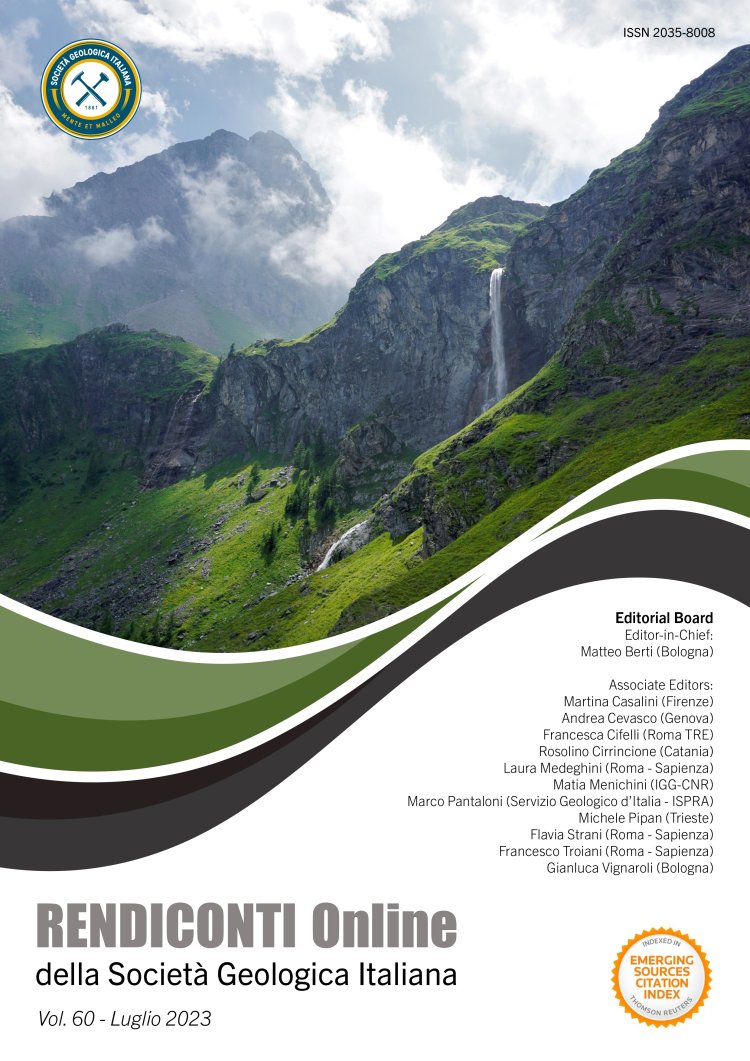

Modelling SiO2 solubility over wide P-T conditions: advances and open problems
Andrea Maffeis1
1Università di Torino, via Valperga Caluso 35, Torino (10126), TO.
Corresponding author e-mail: andrea.maffeis@unito.it
Volume: 60/2023
Pages: 98-111
Abstract
Fluids in the Earth’s crust and upper mantle constantly change chemically, physically, and catalyze different processes, such as mass transfer, with implications for large-scale geodynamics. Silica solubilization has profound implications for mass transfer over a wide range of geologic environments, from upper crustal levels down to the deepest portion of subducting slabs and at the hot base of large orogens. Here I investigate, by using electrolytic fluid thermodynamic modelling, the solubility and speciation of SiO2 in H2O at 100–1400 °C and 0–10 GPa, with a particular focus on the geothermal gradients typical in subduction zones and collisional orogens. I show how SiO2 solubility strongly increases with temperature, reaching dissolved loads between 5 wt% and >70 wt%, within subducting slabs. Results indicate that fluids with dissolved SiO2 ranging from 3 to 57 wt% along Barrovian and Buchan-type P-T gradients, strongly question the long-standing assumption of the isochemical nature of regional metamorphism. A by-product of this investigation is the tracking of the source of mineralizing fluids responsible for widespread quartz veins back to the deeper and hotter roots of orogens where amphibolitic to granulitic-facies conditions are encountered.
Keywords
SiO2 solubility, electrolytic fluid thermodynamic modelling, fluid speciation, mineral dissolution, subduction.
Get Full Text